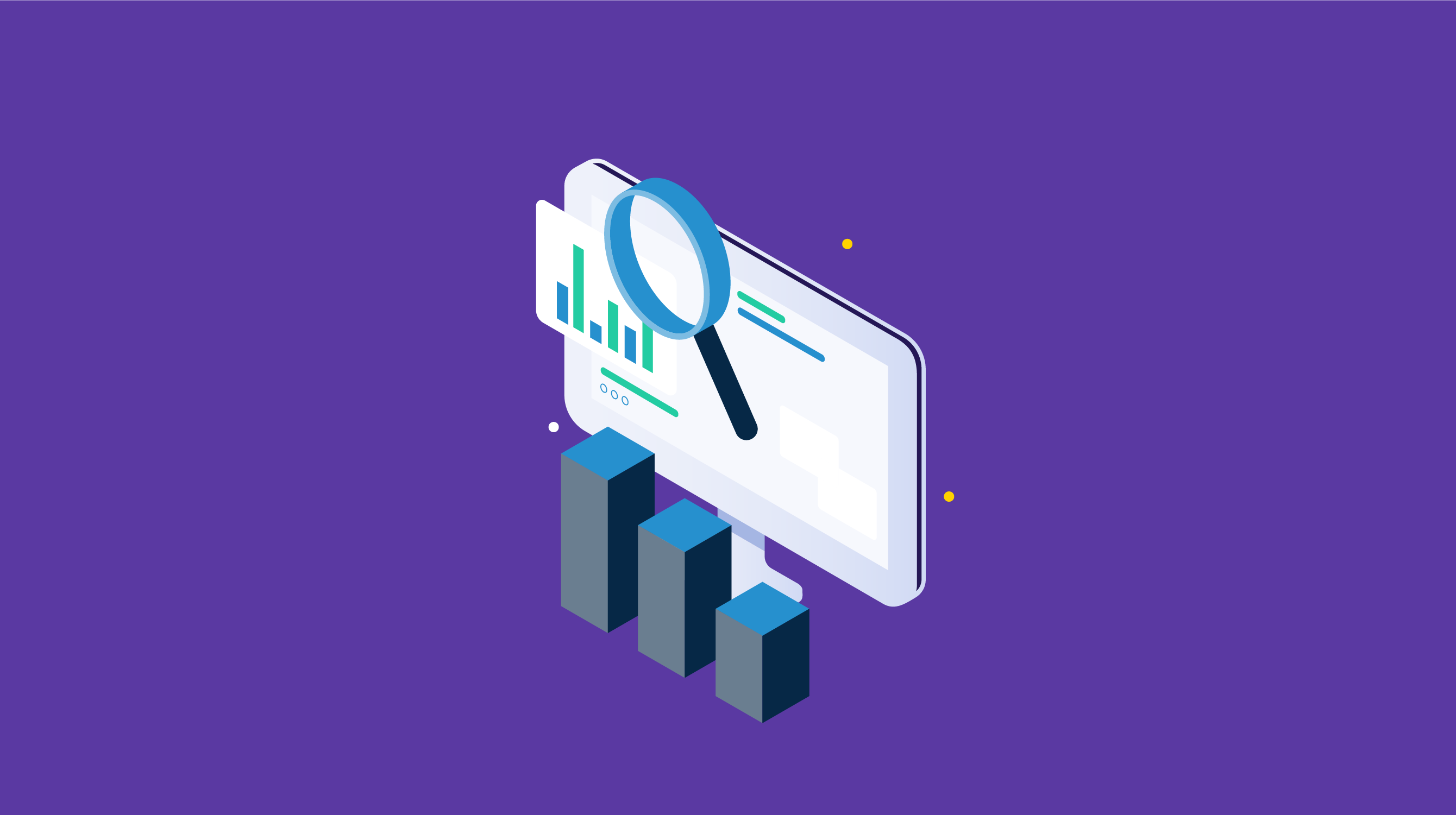What is the spillover effect?
The spillover effect happens when an event has a political, social, or economic impact elsewhere. While the term can refer to positive effects, it usually refers to negative ones.
The spillover effect occurs because of globalization: the way the world’s countries have become interconnected over time. For instance, a downturn in China’s economy affects the global trade of metals and grains. Similarly, a stock market crash in the United States has economic ramifications internationally.
Statistical analysis software helps professionals import data, create models, and conduct predictive analysis to understand and forecast spillover effects. Economists, scientists, and mathematicians use this software as a tool in complex research and for making data-driven business decisions.
Types of spillover effects
The four specific types of spillover effects are:
- Social interactions: This type of spillover effect occurs when a person or social group benefits from a program intended for another purpose. If a nonprofit organization creates a new rehabilitation program for people facing drug addiction, the community could see overall crime rates drop.
- General equilibrium: An event influences equilibrium prices, the term used to describe when supply equals demand. For example, if the government offers a stimulus package to businesses, demand for labor may rise, which might cause companies to offer higher wages. Those who did not receive the funding might have to raise their wages to compete.
- Context equilibrium: An intervention among a specific group within a community affects the social norms or behaviors among other members of the population. In a society where there is a stigma around therapy, implementing a mental health program for particular members might have a spillover effect in that other community members may also start seeking counseling.
- Externalities: Common in the health and environmental fields, externalities are positive or negative effects an event has on third parties. If a community starts a vaccination program for children, infection rates might drop for senior citizens.
Spillover effect examples
Spillover effects can stem from events in politics, economics, or healthcare. Two specific examples include:
- The Great Depression originated in the United States in 1929. Economic output shrank. Unemployment rose, which meant homelessness increased. The state of affairs caused people to doubt President Herbert Hoover’s approach to the economy, and the voters replaced him with Franklin Delano Roosevelt. In addition to these domestic spillover effects in economics and politics, people in countries worldwide also experienced repercussions. For example, the United States limited trade with Europe to preserve jobs in America, which affected the economies in countries there as well.
- The COVID-19 pandemic started in China in 2020. The pandemic was a health event, but it had economic spillover effects. When people stayed home from work to quarantine, manufacturing output decreased. Many companies had to let workers go, which led to a spike in unemployment. Plus, countries had to close their borders, which affected trade worldwide. In other words, a health crisis affected the financial stability of countries worldwide.

Kelly Fiorini
Kelly Fiorini is a freelance writer for G2. After ten years as a teacher, Kelly now creates content for mostly B2B SaaS clients. In her free time, she’s usually reading, spilling coffee, walking her dogs, and trying to keep her plants alive. Kelly received her Bachelor of Arts in English from the University of Notre Dame and her Master of Arts in Teaching from the University of Louisville.

